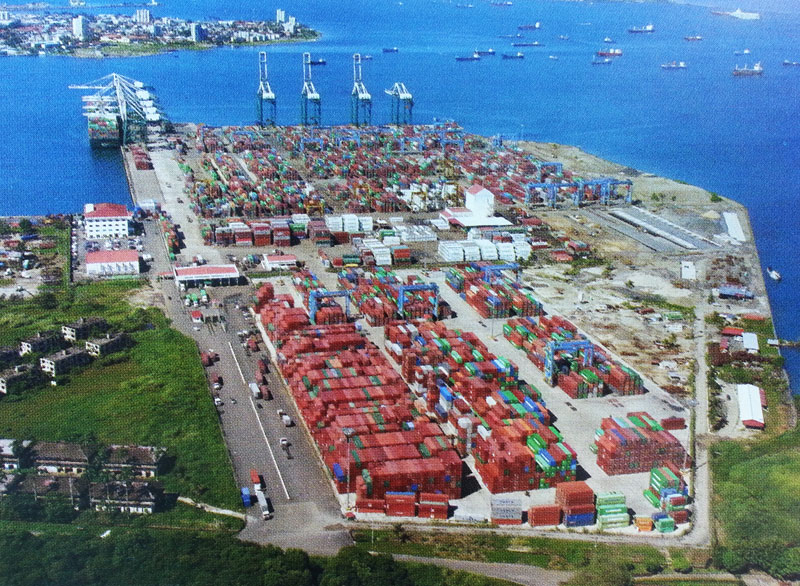Panama, Jun 17 (Prensa Latina) Panama investment in ports soared to over two billion dollars thanks to strategies between the state and private sectors, revealed a high official of the Central American Commission of Maritime Transport.
In statements to Prensa Latina, the Director of Maritime and Port Affairs in that regional institution, Jose Dopeso, said the privileged geographic location of the Panama Canal allowed to develop a shuttle center that moves around 85 percent of the cargo arriving to the country’s ports.
When referring to competitiveness, he assured these operations exceed those carried out in the Interoceanic way and between the posible rivals due to the volume they move daily and mentioned the ports of Santo Domingo, Dominican Republic, Jamaica, Cartagena, Colombia and Mariel, Cuba in the future.
He said the governments have to become facilitating agents of those processes, on the contrary, we run the risk of losing identity.
To this regard, he commented that recently some operators went from Panama ports to Cartagena because in the country was established that shuttle containers had to be inspected physically.
. This measure led to delays in the delivery and in some cases, the loss of the cargo, giving way to changing the activity to Colombia, pointed the official.
Dopeso, who participates in the 27th Meeting of the Isthmus Central American Port system being held in this capital, also offered details on the Dry Dock of Honduras, where at present some infrastructure works are in progress.
Among these, some stand out for their logistic importance, the road from Tegucigalpa to San Pedro Sula and that which will join the ports of Cortes, in the Caribbean, San Lorenzo in the Honduran Pacific and other docks in El Salvador through another branch, he said.
Asked if those works put in jeopardy the competence of the Panama Canal, he replied that it is relative, as land transportation is more expensive and in the previous case, the project responds to a different strategy.
About 40 ships go through the interoceanic route that joins the Atlantic with the Pacific every day through isthmus waters, being the United States and Chilean products going to Europe, its main clients.
